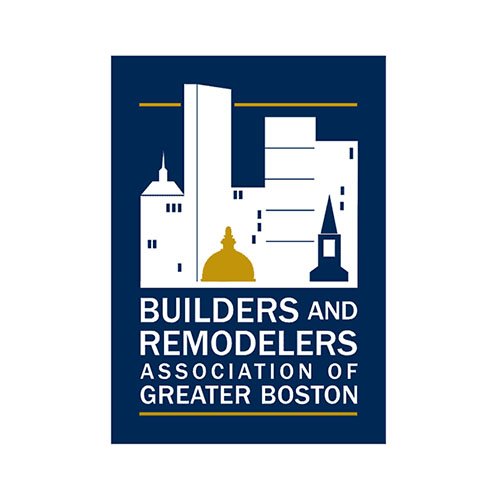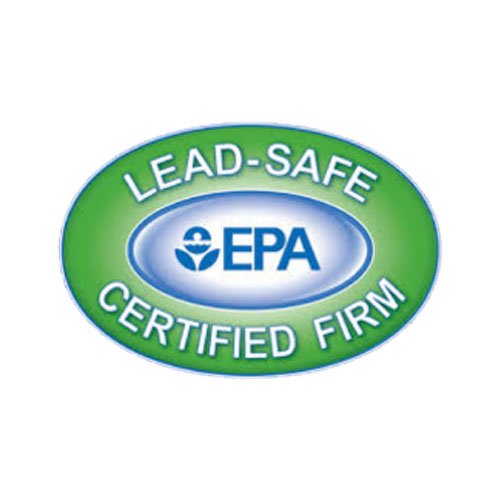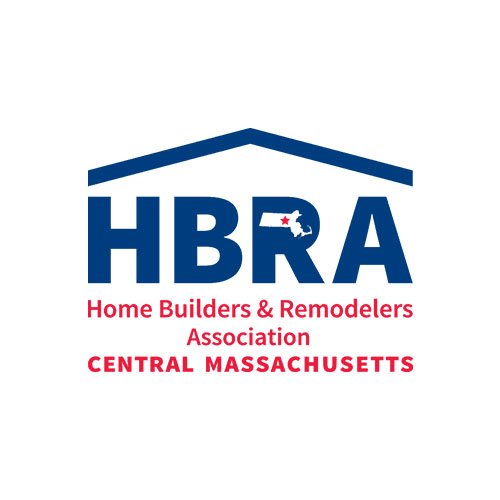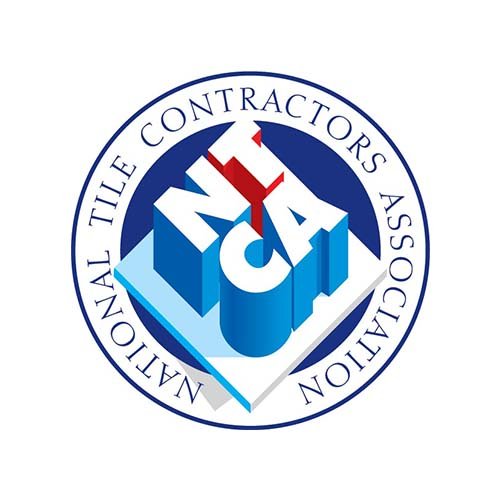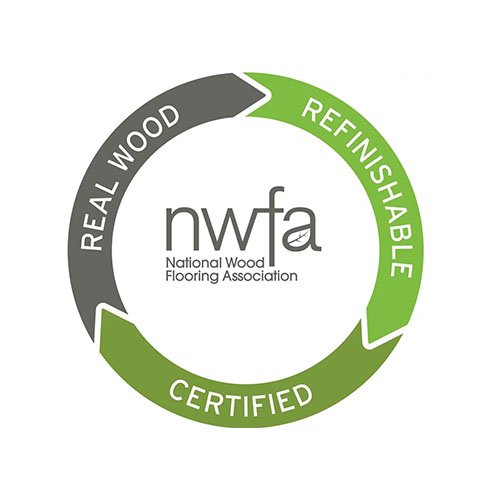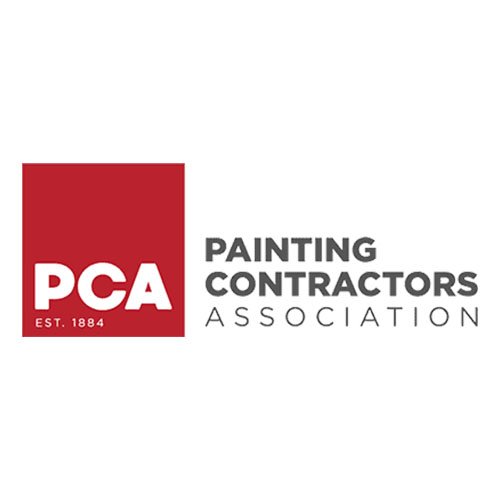When it comes to interior house painting, we all want our homes to look fresh and vibrant. However, it’s crucial to remember that safety should always be the top priority. Whether you’re a homeowner eager to transform your living space, an interior designer aiming for impeccable aesthetics, or a professional painter dedicated to your craft, ensuring interior house painting safety is a shared responsibility. In this comprehensive guide, we will delve into five essential tips that cater to the interests of homeowners, interior designers, and painters alike.
Tip 1: Proper Ventilation for a Breath of Fresh Air
The Crucial Role of Ventilation
Proper ventilation is the cornerstone of interior house painting safety. It’s the magic wand that makes the painting process not only safer but also more comfortable for everyone involved. Adequate ventilation helps reduce the concentration of paint fumes in the air, making it healthier to breathe.
For Homeowners: Health and Comfort
Imagine the peace of mind knowing that you and your loved ones are breathing in clean air during and after painting. Proper ventilation ensures an interior house painting safety and a safe environment for your family, especially if there are children or elderly individuals in the house.
I once worked on a project where a homeowner didn’t prioritize ventilation. The strong paint odors linger for days, causing discomfort for the family. Don’t let this happen to you – prioritize proper ventilation.
For Interior Designers: Maintaining Aesthetics
Interior designers, your vision for a beautifully painted space can be fully realized when proper ventilation is in place. No more worrying about paint odors interfering with your carefully curated design elements.
Advantage for Painters: A Safer Work Environment
As a professional painter, your health is of utmost importance. Proper ventilation not only protects your well-being but also ensures a clear mind to execute precise strokes.
Tip 2: Adequate Preparations for a Smooth Journey
Necessary Tools and Materials
Before you start, gather all the necessary tools and materials. This includes drop cloths, paintbrushes, rollers, and painter’s tape. Having everything at your fingertips reduces the chances of accidents due to unnecessary movements while painting.
Safety Gear for All Parties Involved
For everyone’s safety, ensure that you have personal protective equipment (PPE) such as safety goggles and respirators. Homeowners, interior designers, and painters should invest in quality safety gear to minimize risks.
Tip 3: Choose Low-VOC Paints for a Healthier Environment
Understanding VOCs and Their Impact
Volatile Organic Compounds (VOCs) are chemicals found in many paints that can evaporate into the air and cause health issues. Choosing low-VOC or VOC-free paints reduces the release of harmful chemicals.
For Homeowners: Indoor Air Quality
Opting for low-VOC paints is a smart choice for homeowners. It enhances indoor air quality, creating a healthier living space for you and your family.
Advantage for Interior Designers: Eco-Friendly Design
By recommending low-VOC paints to your clients, you not only ensure a safe environment but also contribute to eco-friendly interior design practices.
Benefits for Painters: Reducing Exposure to Harmful Chemicals
Professional painters, protect your health by working with low-VOC paints. It’s a win-win situation – you stay safe, and your clients get a safer home.
Tip 4: Proper Handling and Disposal for Responsible Painting
Safe Practices for Handling Paints and Solvents
When dealing with paints and solvents, follow manufacturer instructions meticulously. Store and dispose of them according to local regulations to minimize environmental impact.
For Homeowners: Minimizing Waste
Proper handling and disposal of paint-related materials help homeowners minimize waste and maintain a clean environment.
Advantage for Interior Designers: Sustainable Design
Sustainable interior design goes beyond aesthetics. Promote responsible handling and disposal of painting materials as part of your commitment to sustainability.
Advantage for Painters: Reducing Environmental Impact
Professional painters, demonstrate your commitment to the environment by practicing responsible handling and disposal of painting materials.
Tip 5: Clean-Up and Post-Painting Care for a Polished Finish
Thorough Clean-Up Procedures
After the last stroke of paint, follow thorough clean-up procedures. Dispose of materials properly, remove tape, and leave the space spotless.
For Homeowners: A Clean and Safe Environment
Homeowners, enjoy your newly painted space without worrying about leftover debris or hazards. A clean environment is a safe environment.
For Interior Designers: Pristine Interiors
Interior designers, your clients will appreciate the attention to detail in providing a pristine, post-painting interior.
Advantage for Painters: Professionalism and Client Satisfaction
As a painter, your professionalism shines through in the finishing touches. Leaving a clean space ensures client satisfaction and future referrals.
Your Partner in Interior House Painting Safety
In the world of interior house painting safety and quality go hand in hand. Whether you’re a homeowner, interior designer, or painter, these five essential tips are your guide to a successful painting project while prioritizing safety and ventilation.
Remember, Ulta Home Improvements is your partner in achieving a safe and beautiful home. As expert painters serving Newton, Wellesley, Natick, and other surrounding areas in Greater Boston & Metro West, we take pride in creating inviting spaces for many homeowners. We understand that interior painting for your home affects the whole vibe of your space. We offer economical interior painting solutions for your home. Contact us at 978-481-4119 for a free estimate, and let us transform your space while keeping safety and ventilation in mind. Breathe easy and enjoy your freshly painted home!

